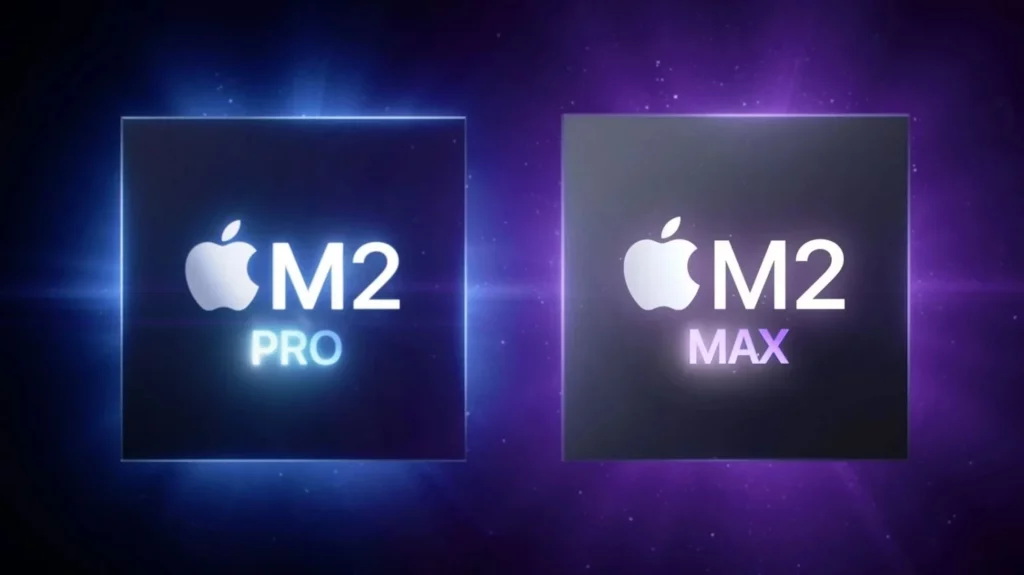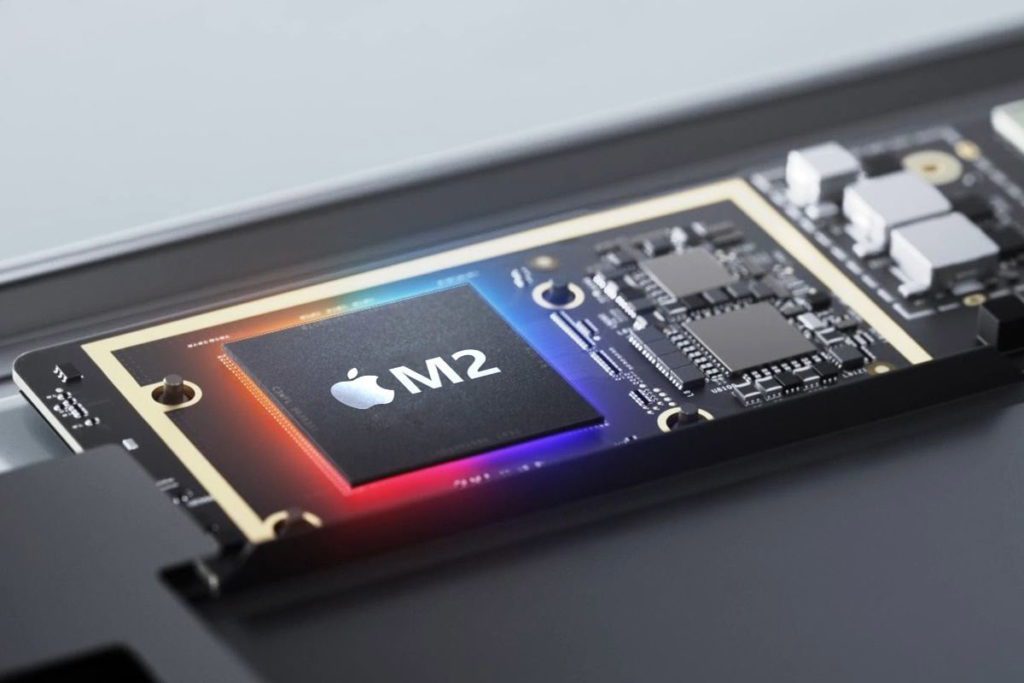The most recent report claims that TSMC will mass produce the M2 Pro and M2 Max for the upcoming MacBook Pro models using its next-generation 3nm technology, also known as N3. Apple appears to have made a sizable order from the Taiwanese chip vendor, indicating that the Cupertino tech giant paid its business partner a colossal sum to secure the inaugural shipment of 3nm wafers.

A report from Commercial Times supports earlier reports that TSMC mass-produced the M2 Pro and M2 Max utilizing its 3nm technology. Better performance and the increased economy would not be anticipated from these MacBook Pro custom chipsets, as it was previously claimed that the Taiwanese chip giant would employ its 5nm design instead. Fortunately, when the newest models are formally unveiled in early November, we should gain from adopting cutting-edge architecture.
In addition, the report claims that the M2 Pro will include a 10-core CPU and a 20-core GPU and go by the codename, Rhodes Chop. The M2 Max, code-named Rhodes 1C, is said to be the most potent of the two and will reportedly include up to a 12-core CPU and 38-core GPU.
According to reports, TSMC is working against the clock to complete orders for Apple for the M2 Ultra and M2 Extreme. According to reports, the M2 Ultra, code-named Rhodes 2C, will have twice as many CPU and GPU cores as the M2 Max.
A 24-core CPU and 76-core GPU should be available in one configuration, with 48 CPU cores and 152 GPU cores available in the top-end model. Order fulfillment for TSMC may provide some difficulties given the hurdles associated with producing 3nm wafers. The M2 Pro and M2 Max MacBook Pro models might not be widely accessible to customers as a result of this uphill battle.

Beginning in 2023, when more customers will start placing orders for TSMC’s 3nm node, supply may increase since the manufacturer will have resolved the majority of the problems associated with mass-producing wafers using a next-generation process.
Also read:



